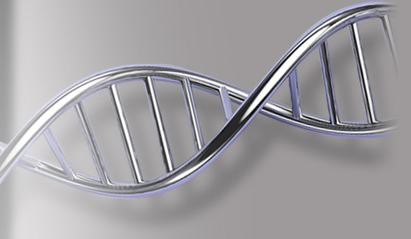Forensics
Error message
Deprecated function: Array and string offset access syntax with curly braces is deprecated in include_once() (line 20 of /home/devgenec/public_html/includes/file.phar.inc).You are here
Sequencher has been part of the human forensic specialist’s toolkit for more than 15 years. While the TV-watching public may associate Forensics with human DNA, there is no question that the same techniques are having a huge impact on the animal and plant worlds too. Whether it is the use of DNA from companion animals in criminal proceedings to illegal export or import of animal or plant products, poaching activities, and illegal export of wild animals and endangered plants, the fields of wildlife and plant forensics are set to expand.
With its support for Standard Operating Procedures through its use of Templates (so everyone is using the same set of parameters and reference sequence), if you are working with human DNA you already have a world-wide standard but that is not necessarily the case for other species. By extending SOPs with Labels (tags which can be added to sequences and contigs), you can indicate where they are in the workflow, giving you at-a-glance indicators as to the progress of your project.
We invented the Reference Sequence, a feature that you can apply to a DNA sequence so that it sets the numbering of your contig and its orientation. We also invented a special way of numbering inserted bases so that overall numbering was not changed, which in turn makes it much easier to compare haplotypes. Like any sequence in a Sequencher project, it can also carry features so you can easily see standard annotations such as GenBank features or personal annotations for areas that need special attention. The consensus is automatically re-calculated any time you make a change to the contig, plus there is a choice of consensus calculation methods from a basic majority calculation to Consensus by Confidence.
For human mtDNA analysis, we added the Consensus to Forensic Standards based on the work done by AFDIL for mitochondrial DNA sequencing. Added to that, we provide the Validate mtDNA Profiles feature which allows you to compare the results of separate analysts and a special report which indicates where there is agreement or disagreement between two profiles, and you can create a CMF Report with the click of a button.
DNA barcoding to identify animal species is a well-established technique with the use of CO1 but not all species are identified easily and must use alternate markers. DNA barcoding in plants has had some problems as an identification method due to the slow rate of evolution of the CO1 gene, but two regions in the chloroplast, matK and rbcL, have been approved. Using Sequencher Connections, searching databases at NCBI is easy and you can set up searches for multiple samples with the same amount of effort it takes to search with one sequence using the conventional web interface. Moreover, you can create your own database of sequences and use Local-BLAST with the same tool and compare across searches to see what you find. The searches line of the consolidated Schematic shows you exactly how all of the hits found line up, making it easy to review.
Sequencher Connections also contains the MUSCLE algorithm so that you can cluster your sequences and view the results as alignments or as a cladogram.
The impact of NGS technology is making itself felt in DNA forensics as in so many other life sciences. Here too, Sequencher has the tools with two reference-guided aligners and a de novo assembly algorithm. With its External Data Browser, not only can you manage your NGS runs, but you can also annotate each run so that you have all the details that you need at your fingertips.


